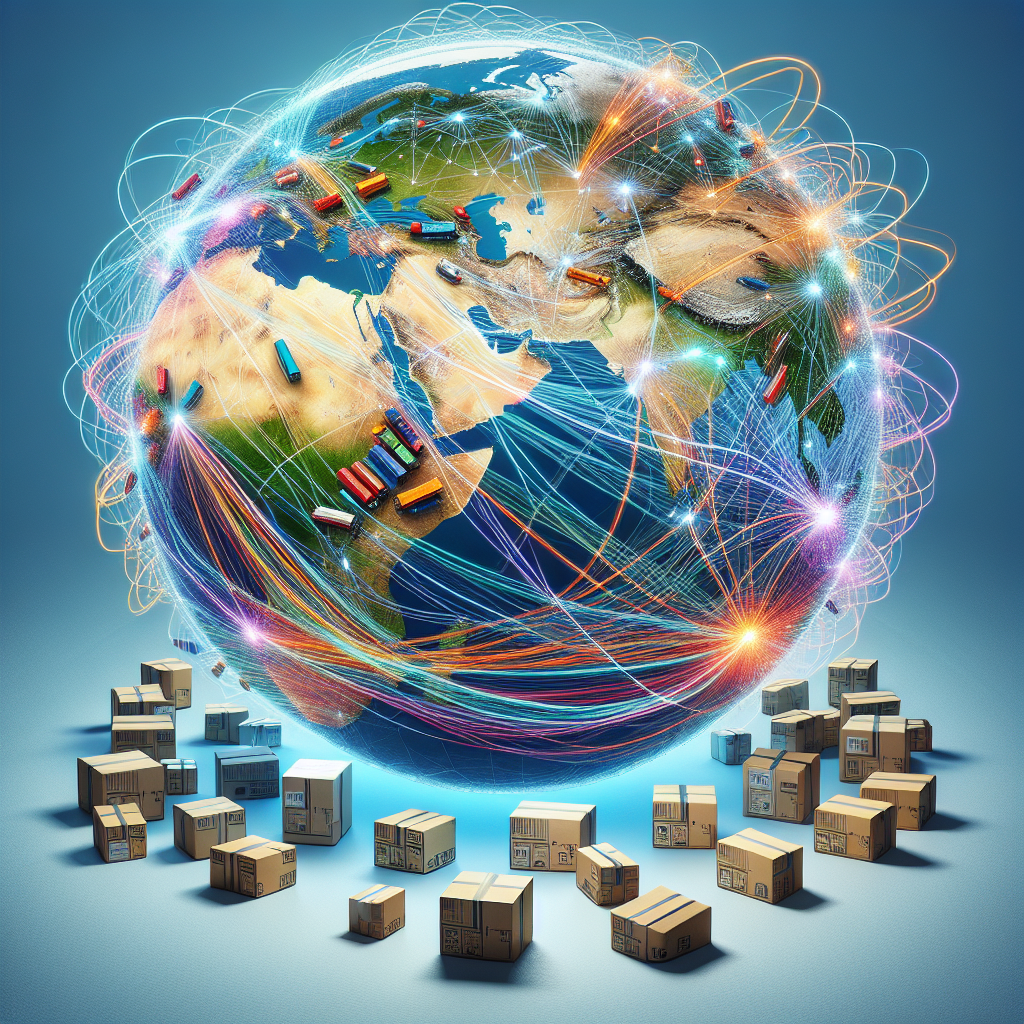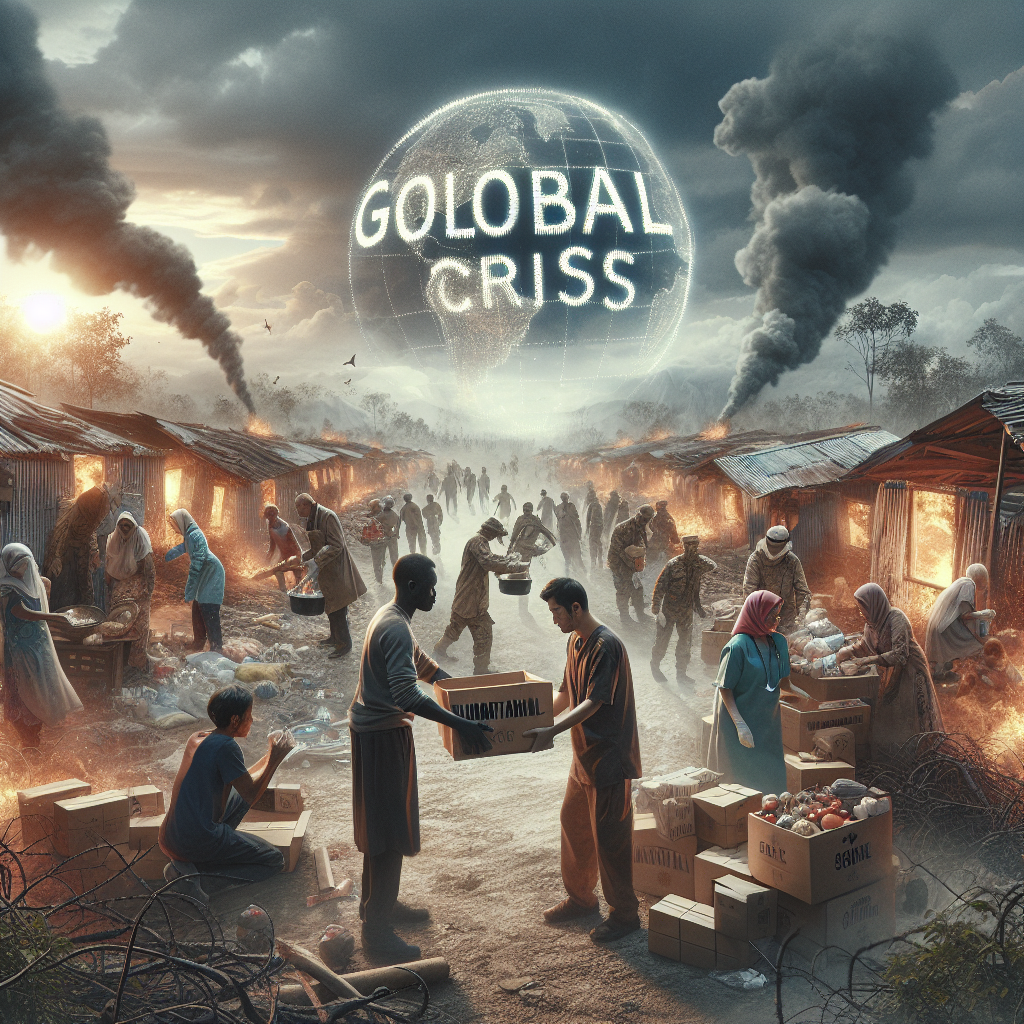Title: Global Supply Chain Disruptions: What’s Next for Trade?
Introduction
The global economy has been navigating through one of the most turbulent periods in recent history, marked by unprecedented disruptions in the supply chain. From the COVID-19 pandemic-induced bottlenecks to geopolitical tensions and natural disasters, these disruptions have significantly impacted international trade. As we look toward the future, it’s essential to understand the current landscape, the challenges ahead, and the strategies that could shape the reinvention of global supply chains.
Current State of Global Supply Chains
The COVID-19 pandemic exposed the vulnerabilities of just-in-time manufacturing processes and over-reliance on single-source suppliers. Lockdowns, labor shortages, and transport restrictions led to delays, shortages of goods, and increased costs. Although certain sectors have begun to recover, the disruptions continue to reverberate, causing ripple effects across industries from technology and automotive to consumer goods and healthcare.
Contributing Factors
Several factors are contributing to ongoing supply chain disruptions:
-
Geopolitical Tensions: Trade wars, such as the U.S.-China trade dispute, have led to increased tariffs and uncertainties, compelling businesses to re-evaluate their supply chain strategies.
-
Natural Disasters and Climate Change: Hurricanes, floods, and wildfires, exacerbated by climate change, have disrupted production facilities and transport routes, highlighting the need for more resilient infrastructure.
-
Labor Shortages: As economies reopen, there’s been a significant gap in available labor, with many industries struggling to source enough workers to meet demand.
- Technological Challenges: While technology holds the key to creating efficient supply chains, the adoption of new systems and integrations is not without challenges, including cyber security threats and the digital skills gap.
Strategic Responses
In response to these challenges, businesses and governments worldwide are exploring strategies to mitigate risks and enhance supply chain resilience:
-
Diversification of Suppliers: Companies are increasingly looking to diversify their supplier base, moving away from reliance on a single country or region. Nearshoring and reshoring strategies are gaining momentum to bring production closer to home markets.
-
Investment in Technology: The adoption of advanced technologies such as AI, blockchain, and IoT can improve transparency, efficiency, and decision-making across supply chains. Digital twins and predictive analytics provide insights for proactive management.
-
Building Resilience: Developing flexible supply chains that can withstand shocks is crucial. Businesses are investing in buffer stocks, multi-modal transport options, and risk assessment frameworks to enhance preparedness.
- Sustainability Initiatives: Incorporating sustainability into supply chain management is gaining traction. Companies are exploring green logistics, circular economy practices, and carbon footprint reduction to align with environmental goals.
The Future of Global Trade
As the world adjusts to this new era, several trends are expected to influence the future of trade:
-
Regionalization: The push for regional trade agreements and the strengthening of regional supply chains will continue, promoting local production capabilities and reducing dependency on distant markets.
-
Collaboration and Partnerships: Collaborative networks and public-private partnerships will be instrumental in addressing global challenges. Sharing data and resources can foster innovation and collective resilience.
-
Regulatory Changes: Governments are likely to implement policies supporting supply chain resilience, including incentives for local manufacturing, investments in infrastructure, and trade facilitation measures.
- Consumer Behavior: Changing consumer preferences for ethical and sustainable products will drive companies to rethink supply chain strategies to meet expectations for transparency and responsibility.
Conclusion
Global supply chain disruptions have underscored the importance of adaptability, innovation, and resilience in modern trade. While challenges remain, they also present opportunities for businesses to reimagine their operations. By leveraging strategic insights and technological advancements, stakeholders can build a more robust and sustainable framework for the future of global trade, ensuring stability and growth in an ever-evolving world.














Leave feedback about this
You must be logged in to post a comment.